World Origin

What is the importance of virus origin tracing ?
Virus origin tracing is crucial for preventing future outbreaks, understanding transmission patterns, identifying vulnerable populations, improving surveillance systems, and promoting global health security. By understanding where and how viruses originated, scientists can develop strategies to prevent similar viruses from emerging in the future. Tracing the origin of a virus also helps us understand its transmission patterns, which is essential for developing effective prevention and control measures. Additionally, virus origin tracing can help identify vulnerable populations that may be at higher risk of infection or severe illness, allowing public health officials to target prevention and treatment efforts to those who need them most. Finally, tracing the origin of a virus can improve surveillance systems for infectious diseases and promote global health security by helping countries work together to prevent and respond to emerging threats.
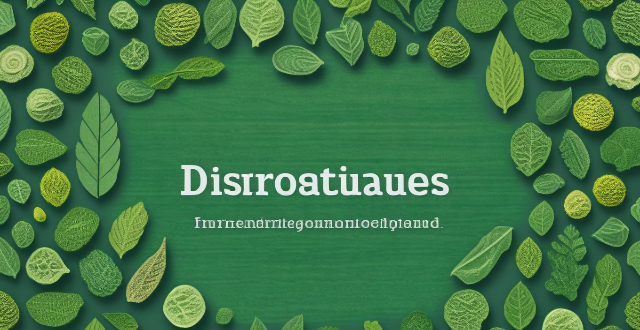
How can international cooperation aid virus origin tracing efforts ?
The text discusses the importance of international cooperation in virus origin tracing efforts. It outlines various ways in which collaboration can aid this process, including sharing information and data through global databases and real-time reporting systems; pooling resources and expertise by establishing centralized laboratories and training programs; coordinating responses and policy making through global health organizations and international agreements; and building public trust through transparent communication and community engagement. The text emphasizes that successful virus origin tracing requires a multidisciplinary approach and the involvement of experts from different fields. It highlights the need for transparency, openness, and ethical considerations in research activities to ensure cultural sensitivity and community benefits. Overall, the text underscores the significance of international cooperation in unraveling the mysteries of virus origins and preventing future pandemics.

What are some common misconceptions about virus origin tracing ?
Virus origin tracing is a crucial aspect of understanding and responding to outbreaks. However, there are several misconceptions that people often have about this process. Here are some of the most common ones: 1. Viruses only arise from animals. 2. Trace back always leads to a single source. 3. Tracing the origin is straightforward. 4. All viruses are created equal. 5. Origin tracing is only about blame. 6. Origin tracing is a recent development. 7. Origin tracing can prevent all outbreaks. 8. Vaccines are not part of origin tracing. 9. Origin tracing is only for pandemics. 10. Scientists have all the answers.

How can we trace the origin of a virus ?
This article explores the methodologies and techniques used to trace the origins of viral outbreaks, using examples such as MERS-CoV, SARS-CoV-2, and other significant viruses. It discusses epidemiological investigations, genetic sequencing and analysis, ecological investigations, molecular clock analysis, and viral culture and isolation as key approaches in this process. By combining these methods, scientists can build a comprehensive picture of a virus's origins, which is vital for preventing future outbreaks and developing effective treatments and vaccines.
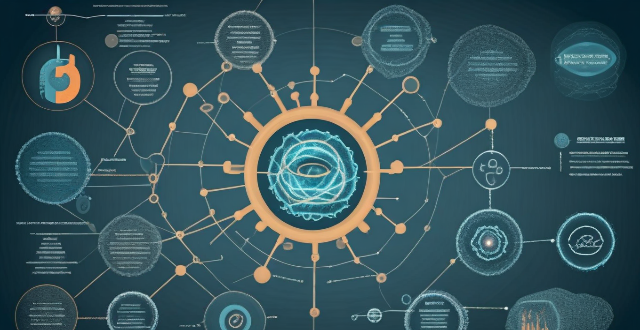
What are the challenges in tracing the origin of viruses ?
The origin of viruses is a complex and intricate subject, involving various disciplines and advanced technology. Researchers face challenges such as genetic diversity, asymptomatic hosts, environmental reservoirs, international travel, limited historical data, political and social factors, funding constraints, technological limitations, legal and ethical concerns, and public perception. Understanding viral origins is crucial for preventing future outbreaks and developing effective treatments. Overcoming these challenges requires international cooperation, interdisciplinary approaches, and ongoing investment in science and technology.

How can advancements in technology aid in more accurate virus origin tracing ?
The article discusses the role of technology in tracing virus origins, highlighting various techniques such as genomic sequencing, phylogenetic analysis, data mining, machine learning, satellite imagery, and remote sensing. These methods provide powerful tools for understanding how viruses evolve and spread over time, as well as identifying areas at risk for future outbreaks. The advancements in technology have revolutionized our ability to trace the origins of viruses, offering valuable insights into the ecological factors that contribute to virus emergence.

Can you provide examples of how different cultures have contributed to the evolution of various sports ?
Sports have evolved over time, and different cultures have contributed to this evolution in various ways. The game of cricket originated in south-eastern counties of England and has since spread worldwide, particularly in the Commonwealth. Baseball was developed in the United States during the early 19th century and has become one of the country's national sports. Soccer can be traced back to an ancient Chinese game called "cuju". However, the modern version of the game that we know today originated in England in the 19th century. Basketball was invented by Dr. James Naismith in Springfield, Massachusetts in 1891. Sumo wrestling is a traditional Japanese sport that dates back thousands of years. Australian Rules Football (AFL) is a unique sport that originated in Melbourne, Victoria in the mid-19th century.
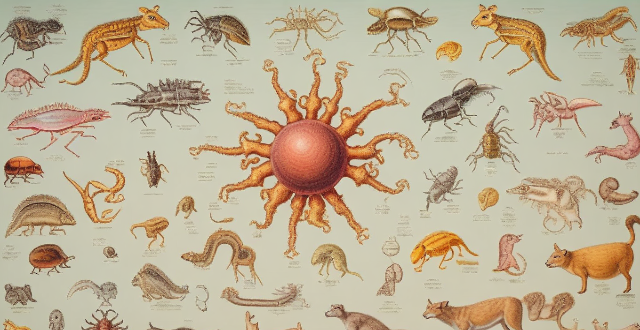
Has the COVID-19 virus's origin been successfully traced ?
The origin of the COVID-19 virus, known as SARS-CoV-2, has been a subject of intense investigation since the outbreak began in 2019. Scientists generally agree that the virus likely originated from animals, possibly bats with pangolins as an intermediate host, before making the jump to humans. This conclusion is supported by genetic analysis and studies of live animal markets where the initial human cases were linked. The lab accident hypothesis, suggesting the virus escaped from a laboratory, has not been substantiated by evidence. Ongoing research continues to explore the exact pathway of the virus's emergence from animals to humans.
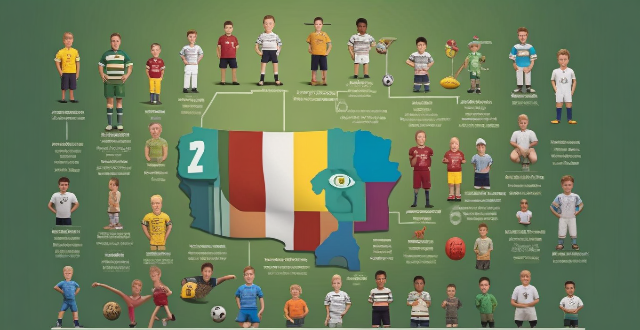
Which country has won the most FIFA World Cup titles ?
The country that has won the most FIFA World Cup titles is Brazil, with a total of five (5) titles. The Brazilian national football team is widely considered one of the most successful in the history of the sport. Other countries that have achieved significant success in the World Cup include Germany, Italy, Argentina, and Uruguay.

What is the history behind the origin of street food ?
The origin of street food can be traced back to ancient times, with evidence of vendors selling food and drinks in public spaces in ancient Middle Eastern and Asian civilizations. Over the centuries, street food has evolved and diversified, reflecting changing social, economic, and cultural dynamics. In the Roman Empire, a well-developed system of food markets and street vendors sold a variety of dishes. During the Middle Ages, street food became more prevalent in Europe due to the growth of fairs and markets. In Renaissance Italy, street food became more sophisticated and diverse, with vendors selling pizza, pasta, and gelato. Early American settlers relied on street food for sustenance, while immigrants brought their own street food traditions with them. In recent decades, globalization has led to the spread of street food cultures around the world, and the rise of food trucks has revolutionized the industry. Today, street food continues to evolve and adapt to changing tastes and trends while preserving its rich heritage and diversity.

What role does genetic sequencing play in virus origin tracing ?
Genetic sequencing is an essential tool for tracing the origin of viruses, particularly when it comes to identifying the source of outbreaks and understanding how they spread. By analyzing the DNA or RNA molecules present in a sample, researchers can determine its genetic makeup and compare it to known viral genomes to identify similarities and differences. This process has helped identify patterns that suggest common ancestry or recent transmission events, leading to better prevention and control measures. However, challenges such as data volume and accuracy still need to be addressed.

How do climate change and environmental factors impact virus origin tracing ?
Climate change and environmental factors play a significant role in virus origin tracing by affecting host and vector distribution, human activities, and interactions with the environment. Understanding these impacts is crucial for effective surveillance and research efforts to prevent and control infectious diseases.

Can you recommend some breathtaking yet less crowded hiking trails around the world ?
This guide recommends breathtaking yet less crowded hiking trails around the world, from the Sierra Nevada in California to the Himalayas in Nepal. It offers highlights and crowd avoidance tips for each trail.

What is the role of the World Health Organization (WHO) in promoting global health ?
The World Health Organization (WHO) plays a crucialThe World Health Organization (WHO) plays a crucial by providing leadership, setting norm WHO's work is focused on improving health outcomes worldwide through various activities such as convening stakeholders, establishing international standards for health, generating scientific knowledge to inform policy decisions, providing technical support to countries, and monitoring global health trends.

What are the must-visit family-friendly attractions around the world ?
Traveling with family is an amazing experience that creates lasting memories. Here are some of the must-visit family-friendly attractions around the world: 1. Disneyland Paris, France 2. Universal Studios Hollywood, USA 3. Tokyo DisneySea, Japan 4. Legoland Deutschland, Germany 5. LEGOLAND Florida Resort, USA 6. Efteling, Netherlands

How can women overcome gender bias in the startup world ?
Gender bias is a pervasive issue in many industries, including the startup world. Women face unique challenges when it comes to funding, networking, and building their businesses. However, there are strategies that women can employ to overcome these obstacles and thrive in the startup world. Here are some tips: 1\. Build a Strong Network: Networking is crucial for any entrepreneur, but it's especially important for women who may not have as many natural connections in the industry. Attend industry events, join professional organizations, and connect with other entrepreneurs on social media. Make sure to diversify your network by seeking out people from different backgrounds and perspectives. 2\. Develop Your Skills: Take courses or attend workshops to develop your skills in areas such as finance, marketing, and management. This will not only make you a more well-rounded entrepreneur but also demonstrate your commitment to learning and growing. 3\. Be Confident and Assertive: Women are often socialized to be polite and deferential, which can sometimes hold them back in business settings. Practice being confident and assertive in meetings and negotiations. Remember that you deserve to be taken seriously and that your ideas and opinions are valuable. 4\. Seek Out Mentors and Advisors: Find mentors or advisors who can offer guidance and support as you navigate the startup world. Look for people who have experience in your industry and who share your values and goals. 5\. Leverage Your Strengths: Women often bring unique strengths to the table, such as empathy, collaboration, and creativity. Emphasize these qualities in your pitches and marketing materials, and don't be afraid to highlight how they set you apart from your competitors. 6\. Stay Persistent: Starting a business is hard work, and there will inevitably be setbacks along the way. Stay persistent and focused on your goals, even when faced with rejection or failure. Remember that every challenge is an opportunity to learn and grow. 7\. Advocate for Yourself and Others: Speak up about issues of gender bias and inequality whenever you see them. Use your platform to advocate for change within your industry and support other women who are facing similar challenges. By working together, we can create a more equitable and inclusive startup world for all entrepreneurs.

What are some examples of successful disability sports organizations or events around the world ?
Disability sports have been gaining popularity and recognition worldwide, with many organizations and events showcasing the talent and determination of athletes with disabilities. Here are some examples of successful disability sports organizations and events around the world: 1. Paralympic Games: An international multi-sport event for athletes with physical and intellectual disabilities, held immediately after the Olympic Games in the same host city. 2. Special Olympics World Games: A global event for athletes with intellectual disabilities, offering competition in various sports such as swimming, athletics, and basketball. 3. International Wheelchair Basketball Federation (IWBF): The governing body for wheelchair basketball worldwide, organizing international competitions and promoting the development of wheelchair basketball across different regions. 4. Cerebral Palsy Football World Cup: A biennial international football tournament for players with cerebral palsy, providing an opportunity for these athletes to showcase their skills and promote awareness about cerebral palsy. 5. International Blind Sports Association (IBSA): Dedicated to promoting sports for visually impaired athletes, organizing world championships and other events in various sports such as goalball, judo, and swimming. 6. World Deaf Volleyball Championships: An international competition for deaf volleyball players, promoting the development of deaf sports and providing a platform for deaf athletes to showcase their talent and compete at the highest level. 7. World Dwarf Games: A multi-sport event specifically designed for individuals with dwarfism, offering a range of sports such as swimming, track and field, and powerlifting, providing opportunities for athletes with dwarfism to compete and showcase their abilities.
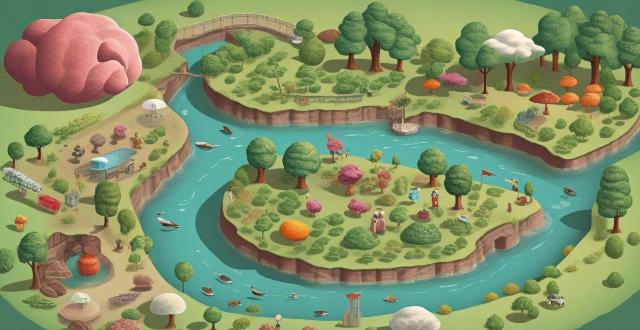
Is it possible for a virus to have multiple origins ?
Viruses are elusive entities with complex evolutionary histories, and understanding their origins is crucial for public health and disease control. While traditional theories suggest singular origins for viruses, evidence supports the possibility of multiple origins through processes like recombination, host switching, environmental influences, zoonotic events, genetic exchange with host cells, ancient viral lineages, and laboratory manipulation. Recognizing these complexities is essential for advancing scientific knowledge, improving public health outcomes, and enhancing our ability to respond to emerging infectious diseases.

How has globalization impacted cultural diversity around the world ?
Globalization has significantly impacted cultural diversity, leadingGlobalization has significantly impacted cultural diversity, leading adaptation but also potential homogen Policy and governance play a role in cultural preservation, with local resistance movements countering globalization effects. Striking a balance between global benefits and cultural preservation is crucial for maintaining diversity.

What are some real-world applications of blockchain technology ?
Blockchain technology is being used in various industries to provide secure, decentralized, and transparent solutions. In finance and banking, it is used for cryptocurrencies, payment processing, and smart contracts. In supply chain management, it is used for tracking and traceability, inventory management, and logistics optimization. In healthcare, it is used for medical records management, drug traceability and anti-counterfeiting, and research data sharing. In government and public sector, it is used for voting systems, digital identity management, and land registry. In energy and utilities, it is used for renewable energy trading and smart grid management.
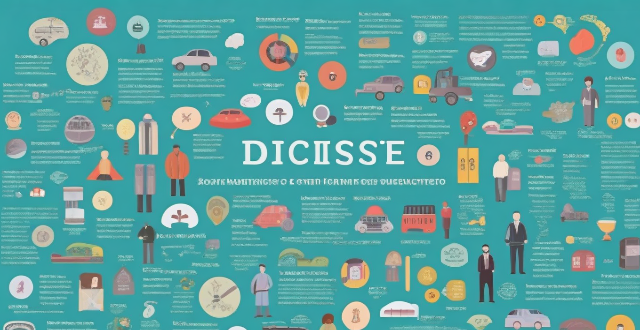
What are some examples of successful multicultural societies around the world ?
The text discusses successful multicultural societies around the world, including Canada, Australia, Singapore, and the United States. These countries have embraced diversity in terms of ethnicity, culture, religion, and language, creating unique identities through a rich tapestry of traditions and practices. Key features of these societies include official multilingualism, cultural preservation, immigration policies, racial harmony, religious freedom, and diverse media. Successful multicultural societies prioritize inclusivity, respect for diversity, and equal opportunities for all individuals regardless of their background or beliefs, creating vibrant communities where people from different cultures can live together harmoniously while celebrating their unique traditions and contributions to society as a whole.